Antique Ladderback Chairs? Any guess on age?
mlfmama
12 years ago
Related Stories
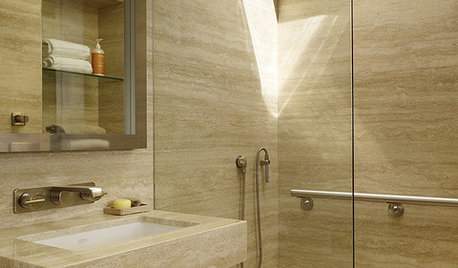
UNIVERSAL DESIGN12 Must-Haves for Aging in Place
Design a home that will continue to be accessible, safe and stylish as the years go by
Full Story
KITCHEN DESIGN10 Ways to Design a Kitchen for Aging in Place
Design choices that prevent stooping, reaching and falling help keep the space safe and accessible as you get older
Full Story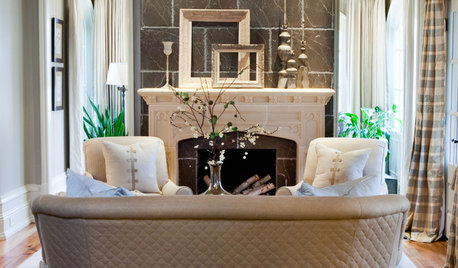
FUN HOUZZGuessing Game: What Might Our Living Rooms Say About Us?
Take a shot on your own or go straight to just-for-fun speculations about whose homes these could be
Full Story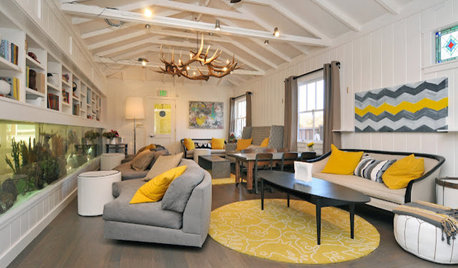
MORE ROOMSPlay-Space Secrets for All-Ages Homes
Don't let a generation gap put holes in your interior design. These tips from family-friendly businesses can give your rooms all-ages appeal
Full Story
ENTERTAININGGuess Who’s Coming to Dinner: The Rise of Supper Clubs
Would you invite strangers into your home for a meal? We visit cooks in London, Rome and Stockholm who are doing this and we get the story
Full Story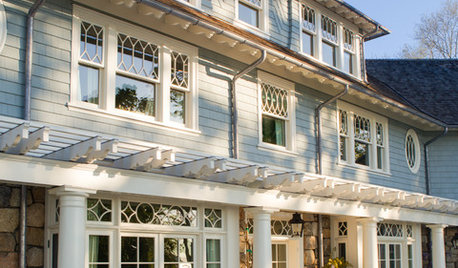
TRADITIONAL HOMESHouzz Tour: New Shingle-Style Home Doesn’t Reveal Its Age
Meticulous attention to period details makes this grand shorefront home look like it’s been perched here for a century
Full Story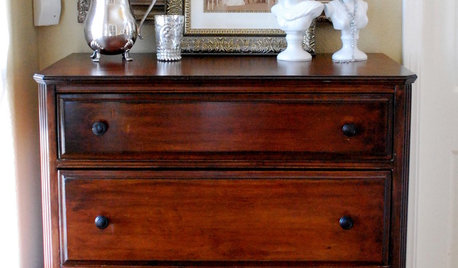
FURNITUREAntiques Shopping? Let Love Guide Your Search
If discovering aged treasures is your passion, you’re not alone. Find a kindred spirit and his buying tips here
Full Story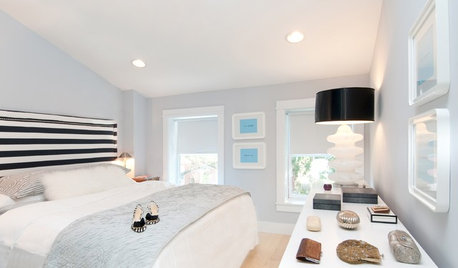
BEDROOMSGuessing Game: What Might Our Bedrooms Say About Us?
For entertainment only; actual accuracy may vary. Always don fun goggles and engage your imagination before playing!
Full Story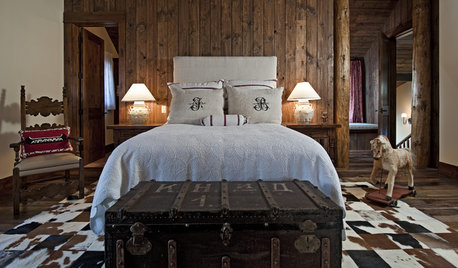
DECORATING GUIDESDecorating With Antiques: Chests, Dressers and Buffets
Pretty, practical and versatile, antique chests add history and character along with storage
Full Story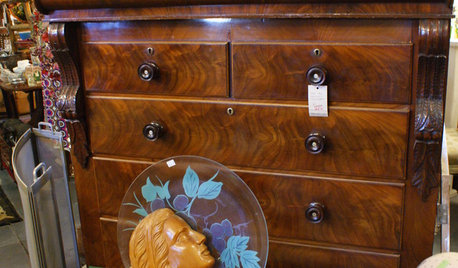
FURNITUREHow to Find Great Antiques Near You
Experience the thrill of the hunt with these tips for finding the best sources of antiques in your area
Full Story





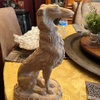



lindac
mlfmamaOriginal Author
Related Professionals
Memphis Furniture & Accessories · Union City Furniture & Accessories · Champlin Furniture & Accessories · Richfield Furniture & Accessories · Mount Laurel Interior Designers & Decorators · Bend Painters · Carlsbad Painters · Gretna Painters · San Juan Capistrano Painters · Syracuse Painters · Westerville Painters · Wheaton Painters · Carlisle Furniture & Accessories · Cartersville Furniture & Accessories · Woodbury Furniture & Accessoriescalliope
chibimimi
calliope
mlfmamaOriginal Author
lindac
calliope
mlfmamaOriginal Author
lindac
mlfmamaOriginal Author
calliope
lindac